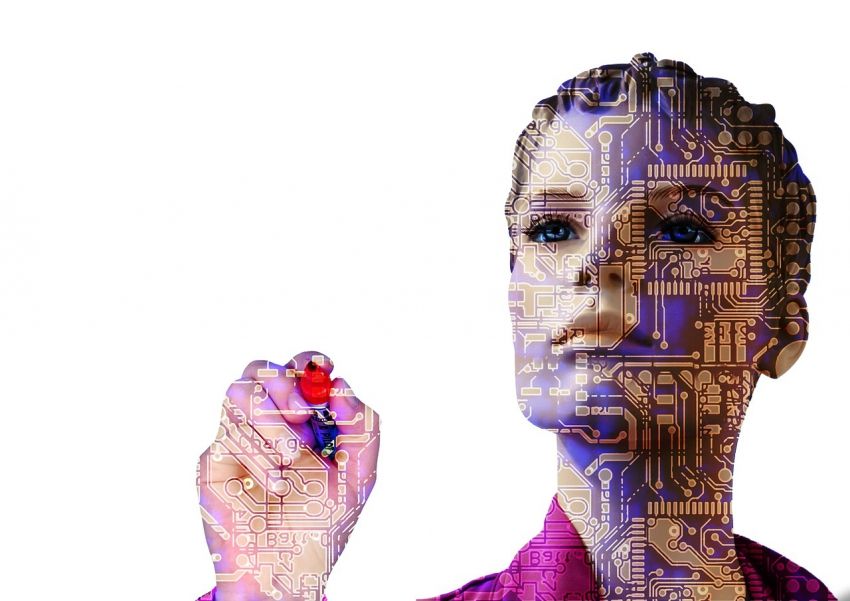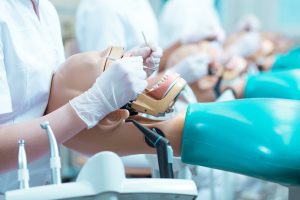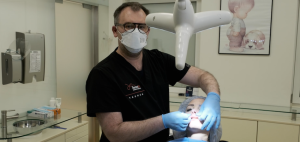
US: artificial intelligence will predict tooth loss
According to a study published in June in the online scientific journal PLOS One, artificial intelligence (AI) may be helpful in predicting a patient's eventual tooth loss. Algorithms that take into account medical data and socioeconomic factors have shown significant effectiveness for expected edentulousness, tooth loss or impaired dental function.
In the article titled. Predictors of tooth loss: A machine learning approach used data from nearly 12,000 adult patients who participated in the US-based National Health and Nutrition Examination Survey (NHANES). This study showed that AI algorithms can effectively predict tooth loss without using any information about the patient's dentition.
– Our analysis found that while all machine learning models can be useful predictors of risk, those that incorporate socioeconomic variables can be particularly powerful screening tools for identifying individuals at higher risk of tooth loss – stated in a press release the study's lead author, Prof. Hawazin Elani of Harvard School of Dental Medicine.
AUC will tell you the truth (about future dental status)
U.S. researchers developed five AI models designed to predict total and progressive tooth loss in 11,977 adults who participated in NHANES between 2011 and 2014. The algorithms took into account the personal data and medical (but not dental) conditions of the patients, which enabled them to predict m.In. who among the participants will experience tooth loss.
The researchers presented the results obtained using percentages of the area under the curve (AUC). area under the curve). AUC evaluates the performance of the algorithms: the closer the AUC is to 100%, the greater the algorithm's accuracy in predicting a patient's future dental status. AUC values of more than 80% have been shown for assessing various problems associated with tooth loss or impairment in the future. The incidence of edentulousness and dental function problems could be predicted most accurately (89%) (AUC of 88%).
Have a home – avoid toothlessness?
The authors also looked at factors that are critical in predicting tooth loss in a patient. Socioeconomic considerations have been shown to be significantly more important in predicting edentulousness, missing teeth and impaired dental function than disease states. As it turns out, the most important predictor (explanatory variable) of tooth loss in the analysis was patient age. Education, access to dental care, employment, family income, ethnicity and home ownership were also strong predictors of tooth loss.
Although conditions such as arthritis, diabetes, high cholesterol, hypertension and heart disease were somewhat of a predictor of future tooth loss, they were not shown to have as strong an impact as socioeconomic factors. Some conditions, such as gout, showed no prediction at all.
– Our findings suggest that machine learning algorithm models that take socioeconomic characteristics into account were better at predicting tooth loss than those based solely on routine clinical dental indicators – stated Prof. Elani.
As Jane Barrow, executive director of the Initiative to Integrate Oral Health and Medicine at Harvard University, noted, algorithms may one day become a new tool to help identify patients at risk for tooth loss. – Knowledge of a patient's education level, employment status and income level is as important for predicting tooth loss as assessing clinical dental status. – added Jane Barrow.


